Starting with neck pain and alleviating into severe cervical concerns—cervical facet syndrome makes you go through an inconvenient journey.
The worst part is that it leads to excruciating pain and can crop up anytime after entering your late twenties.
But is living with it the only resort?
Fortunately not!
In this blog, we discuss cervical facet syndrome in detail, also talking about cervical facet joint syndrome’s symptoms, causes, and preventions.
So, if you or your loved ones have been dealing with CFS, read this blog till the end.
Understanding Cervical Facet Syndrome
Cervical Facet Syndrome is a condition that affects the small joints in the neck, causing discomfort and potentially impacting your daily activities.
These facets are the joints at the back of your spine prone to injury, inflammation, and degeneration.
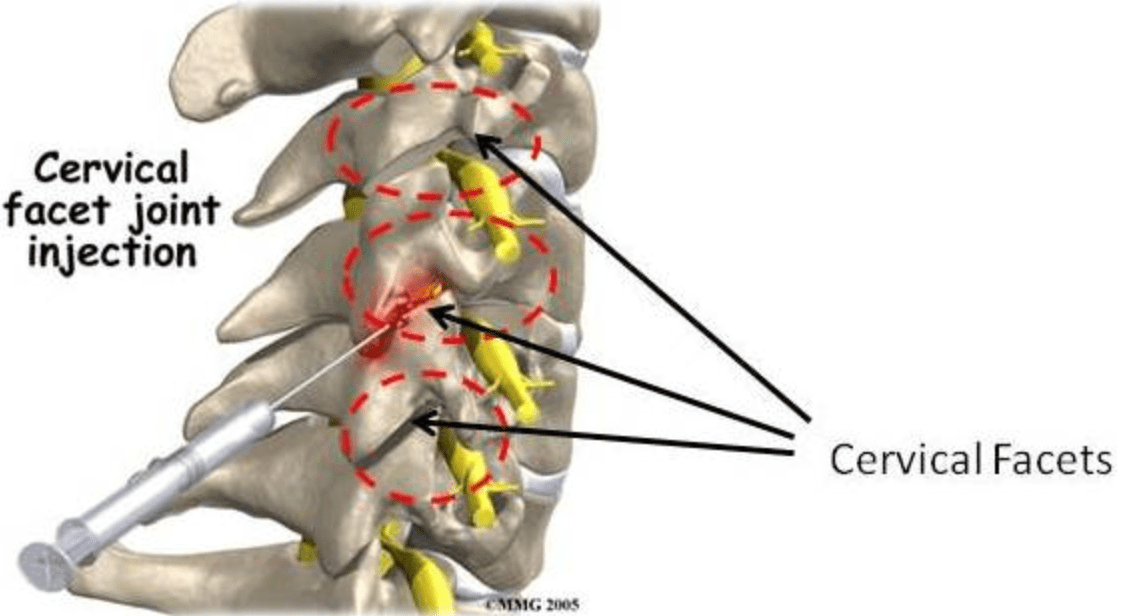
The cervical spine consists of seven vertebrae (C1-C7) separated by intervertebral discs and interconnected by facet joints.
Each vertebra has two facet joints, one on each side. These facets facilitate movement and provide stability to the spine.
Additionally, the facet joints are lined with cartilage and are surrounded by a capsule filled with synovial fluid (a viscous solution).
This allows for smooth articulation between adjacent vertebrae.
What Does Cervical Facet Joint Syndrome Feel Like?
Simply put—this condition is troublesome and causes sustained pain and serious discomfort.
Oftentimes, this pain can be sharp in acute accidents, affecting a particular area. As a result, you may experience a lack of mobility and neck & headaches. In cervical facet syndrome, these headaches may also link to neck or shoulder pain.
Struggling with this condition can also lead to neck spasms or acute torticollis.
Worsening the experience, this pain may also extend to the shoulders, midback, or elbow.
Lying down on your back, and lifting and holding your pelvic region can usually be the first-line response.
Who is More Prone to Cervical Facet Syndrome?
To put it broadly people from all age groups can get diagnosed with Cervical Facet Syndrome. However, this usually happens when leading a sedentary lifestyle.
Moreover, the age factor can be critical here.
The facet joint degeneration pain can be more common in people over 40. This may often occur after accidents such as whiplash, slipped disc, rheumatoid arthritis, or repetitive stress of the joint.
Poor spinal postures for a long time over the years can also be a reason for young people below 40.
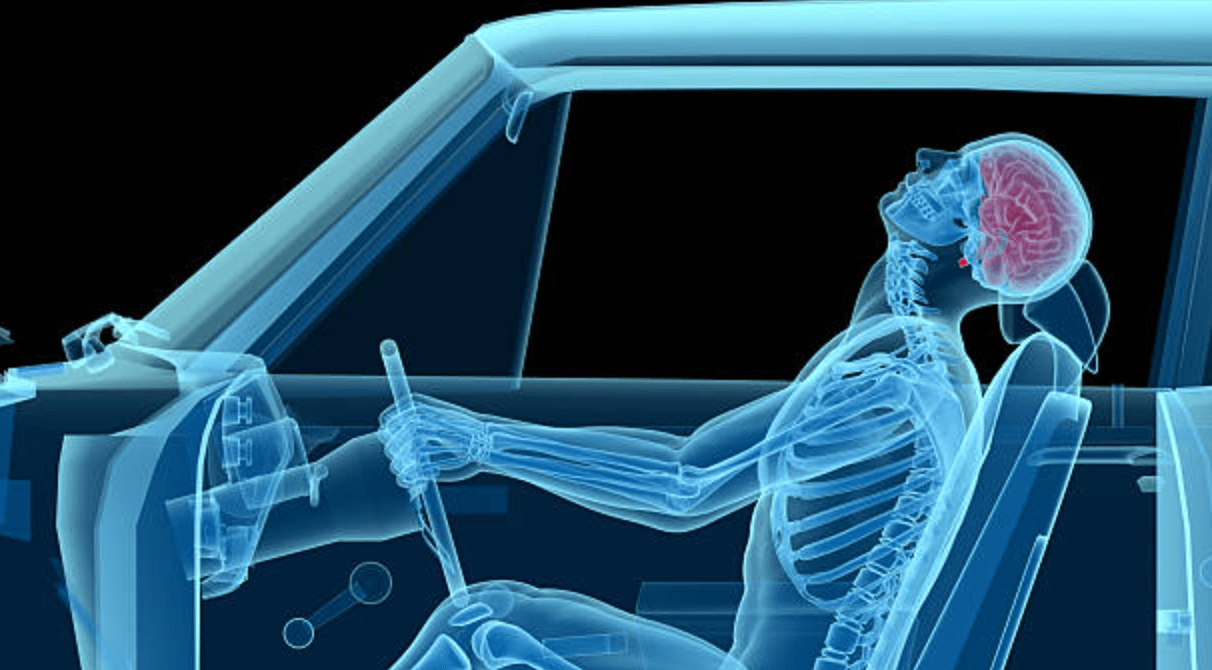
Excess weight can put added strain on your spine, impacting the cervical facet joints. This can also spike the risk of degenerative changes and the development of cervical facet syndrome.
People with pre-existing spinal conditions, such as degenerative disc disease, spinal stenosis, or spondylolisthesis, may be more prone to developing cervical facet syndrome.
People with jobs or activities that involve repetitive neck movements, prolonged sitting, poor posture, or heavy lifting can strain the cervical spine and increase the risk of developing cervical facet syndrome.
Examples here include office workers (desk jobs), warehouse workers, manual laborers, and athletes.
Symptoms of Cervical Facet Syndrome
Recognizing the symptoms of cervical facet joint syndrome is important for timely diagnosis and treatment. At the same time, symptoms may vary for different individuals across ages and severity of the syndrome.

Some common symptoms are:
- Persistent or intermittent pain in the neck region is often aggravated by prolonged sitting or standing in the same position continuously.
- The feeling of stiffness or reduced range of motion in the neck makes it challenging to turn or even bend the head in any direction.
- Throbbing and recurrent headaches that originate from the neck may extend to the back of your head.
- Discomfort or aching sensation in the shoulders, often accompanying neck pain.
- Involuntary muscle contractions in the neck or upper back can lead to muscle spasms.
- Symptoms of cervical facet syndrome can be similar to those of other neck-related conditions, such as cervical spondylosis or herniated discs. Consulting with your chiropractor or physiotherapist is recommended.
Causes of Cervical Facet Syndrome
Several factors can contribute to the development of cervical facet syndrome.
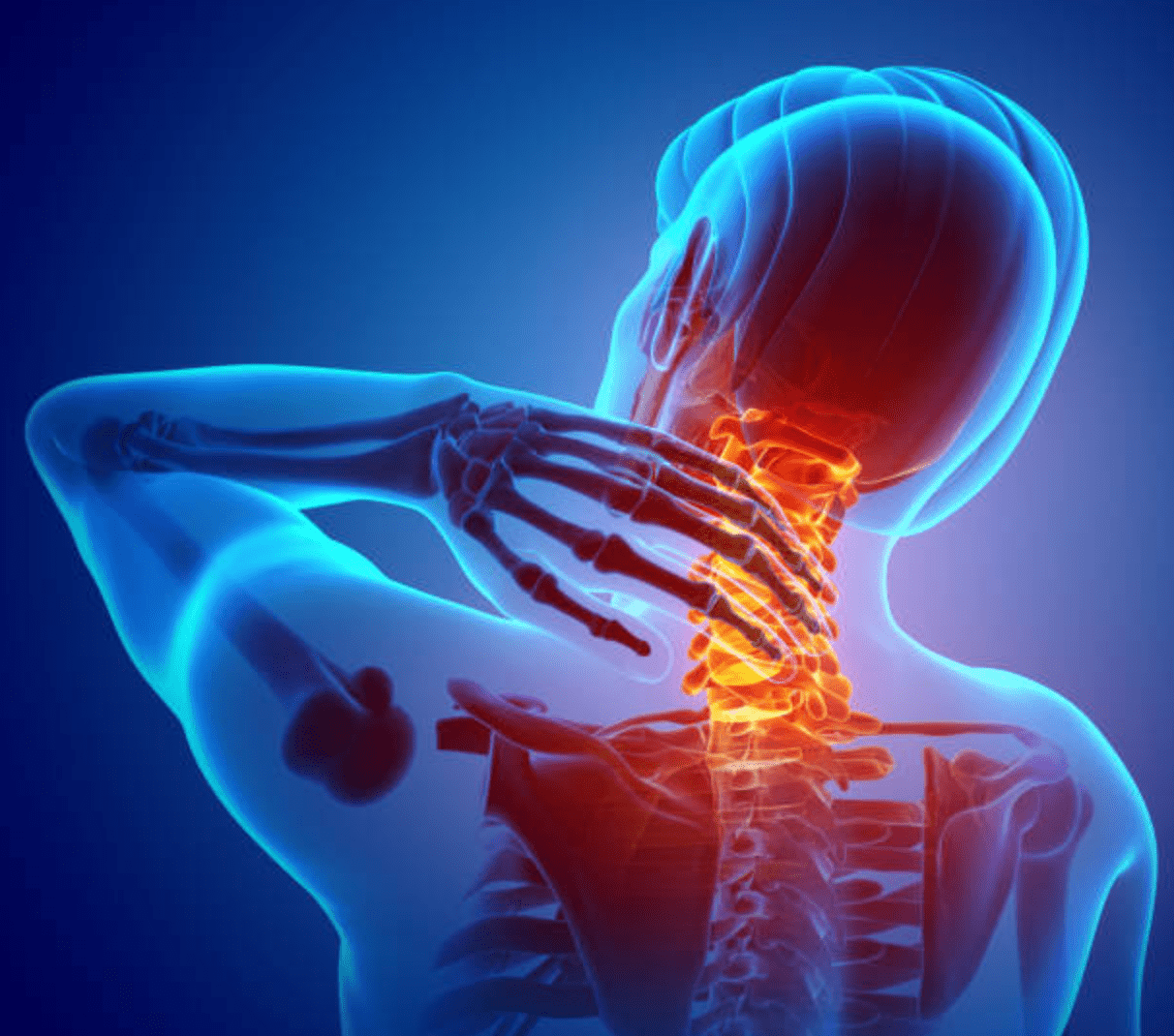
- Injury to the neck region from accidents, fractures, whiplash, or sport-related incidents can damage the facet joints and surrounding areas.
- Wear and tear on the facet joints due to aging, repetitive motion or poor posture can lead to degeneration.
- Conditions such as osteoarthritis or rheumatoid arthritis can cause pain and stiffness in facet joints.
- Extended periods of sitting, improper lifting techniques, or occupational tasks that strain your neck can increase the risk of developing cervical facet syndrome.
- Improper and unhealthy eating schedules/diets can lead to obesity which can further aggravate the potential of cervical facet syndrome.
Prevention Against Cervical Facet Syndrome
Various risk factors, such as aging or genetic predisposition can lead to cervical facet syndrome. Fortunately, certain suitable practices can help minimize the likelihood of developing this concern. Let’s take a look at some of the effective preventive measures against cervical facet syndrome:

- Practice maintaining a good posture while sitting, standing, and performing daily activities to reduce strain on the neck and spine.
- Engage in exercises that strengthen the neck, shoulder, and upper back muscles, especially near the scapula area improving stability and flexibility.
- Avoid prolonged periods of sitting or standing in one position by taking frequent breaks to stretch and move around.
- For your comfort, you can also invest in ergonomic chairs, keyboards, and other workstation accessories. These will help to reduce strain on the neck.
- You prevent overuse of specific muscles or joints in the neck and upper back by varying your tasks and movements throughout the day.
Diagnosis and Treatment for Cervical Facet Syndrome
For diagnosis, your doctor will start by taking your detailed case history and conducting X-rays, MRIs, and CT scans for a better understanding of your case.
Depending on your cervical health, doctors may recommend the following treatments:
Medicinal Treatments
In some cases, corticosteroid injections may be advised for accurate diagnosis of cervical facet syndrome.

However, in most cases, these medications only stay active for five to six hours. Clearly, these options are only suitable for diagnosis and not the treatment.
Non-Surgical Treatments
Apart from the medicinal treatment options, non-surgical treatments such as heat therapy, low-impact exercises, regular activity, and supporting the lumbar curve with braces can also be helpful.

Nerve Radio Frequency
Nerve radio frequency ablation is also a minimally invasive procedure used to reduce or eliminate pain signals transmitted by certain nerves.
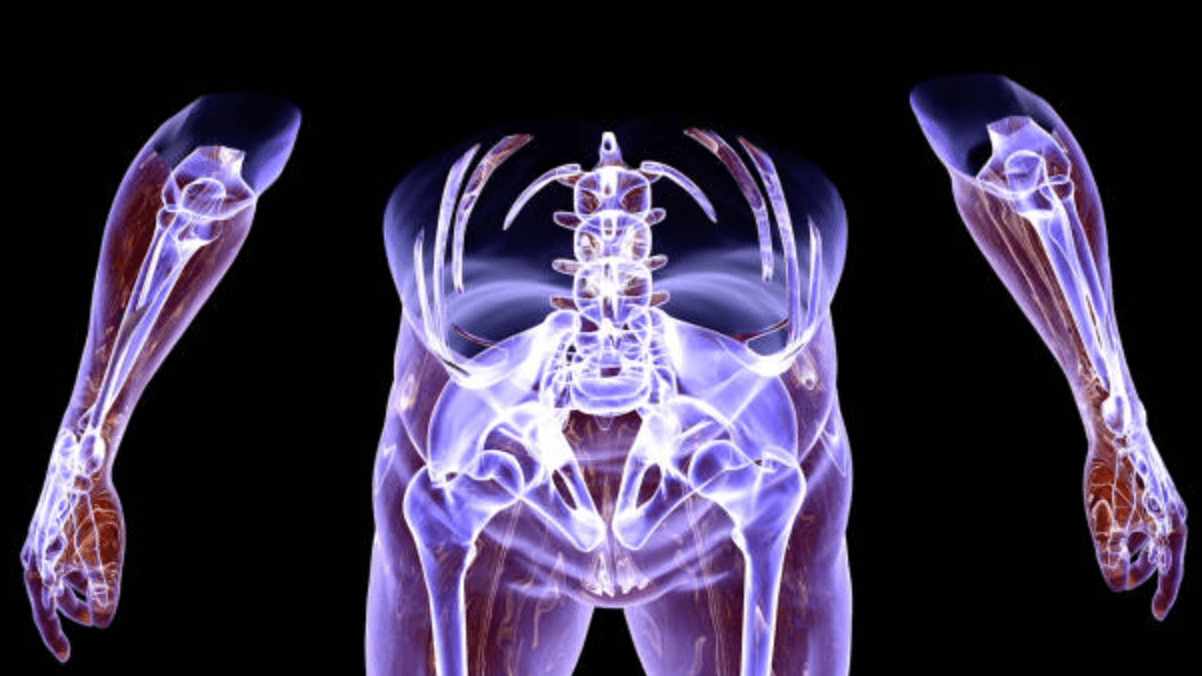
- It begins with a diagnostic nerve block test to determine which nerves require treatment. In case of steroid failure, this procedure becomes necessary.
- During the procedure, the patient is made to lie on an X-ray table, and the affected area is numbed with local anesthesia.
- Further doctor would insert a small needle or electrode into the vicinity of the target nerve.
- After correctly positioning the needle to target the nerve, the radio frequency energy is transmitted through it to create a precise lesion on nerve tissue. This disrupts the nerve’s ability to transmit pain signals without causing significant damage to surrounding tissues.
- This procedure typically provides pain relief for 9 months to up to 2 years. It’s important to note that the possibility of nerve regrowing can not denied due to the burned lesion that was created.
Which Exercises can help with Cervical Facet Pain?
Exercises that aim at strengthening and stretching muscles around the neck and upper back can help reduce cervical facet pain by improving posture, reducing tension, and increasing flexibility.
Banded Cervical Distraction
Banded cervical distraction is a therapeutic technique used to relieve pressure and tension in the cervical spine. This could be done by gently stretching the vertebrae, using resistance bands or specialized equipment.
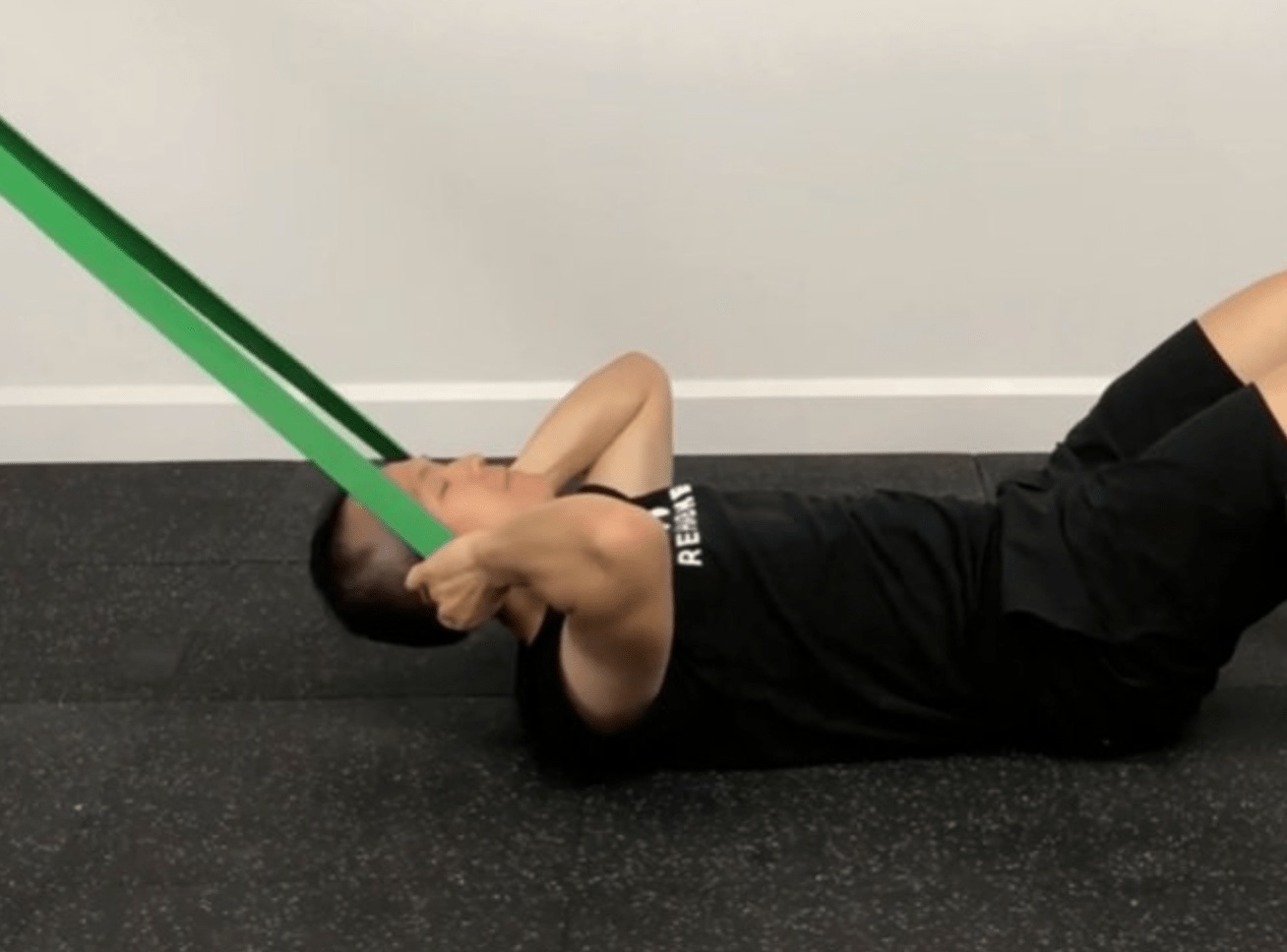
Ask the patient to lie down in a comfortable position.
The healthcare provider may place a padded or cushioned support beneath the neck ensuring proper comfort during the procedure.
To do this, wrap an elastic resistance band around the patient’s head and secure it to a stable anchor point.
Position the band in a way that it exerts a gentle pulling force in the opposite direction, creating a separation between the cervical vertebrae.
Cervical Circles
This is a neck mobility exercise.
You can begin this by gripping your fingers together and pulling them apart with maximum strength. This can help stabilize the thoracic spine to uncouple motion between the two regions.
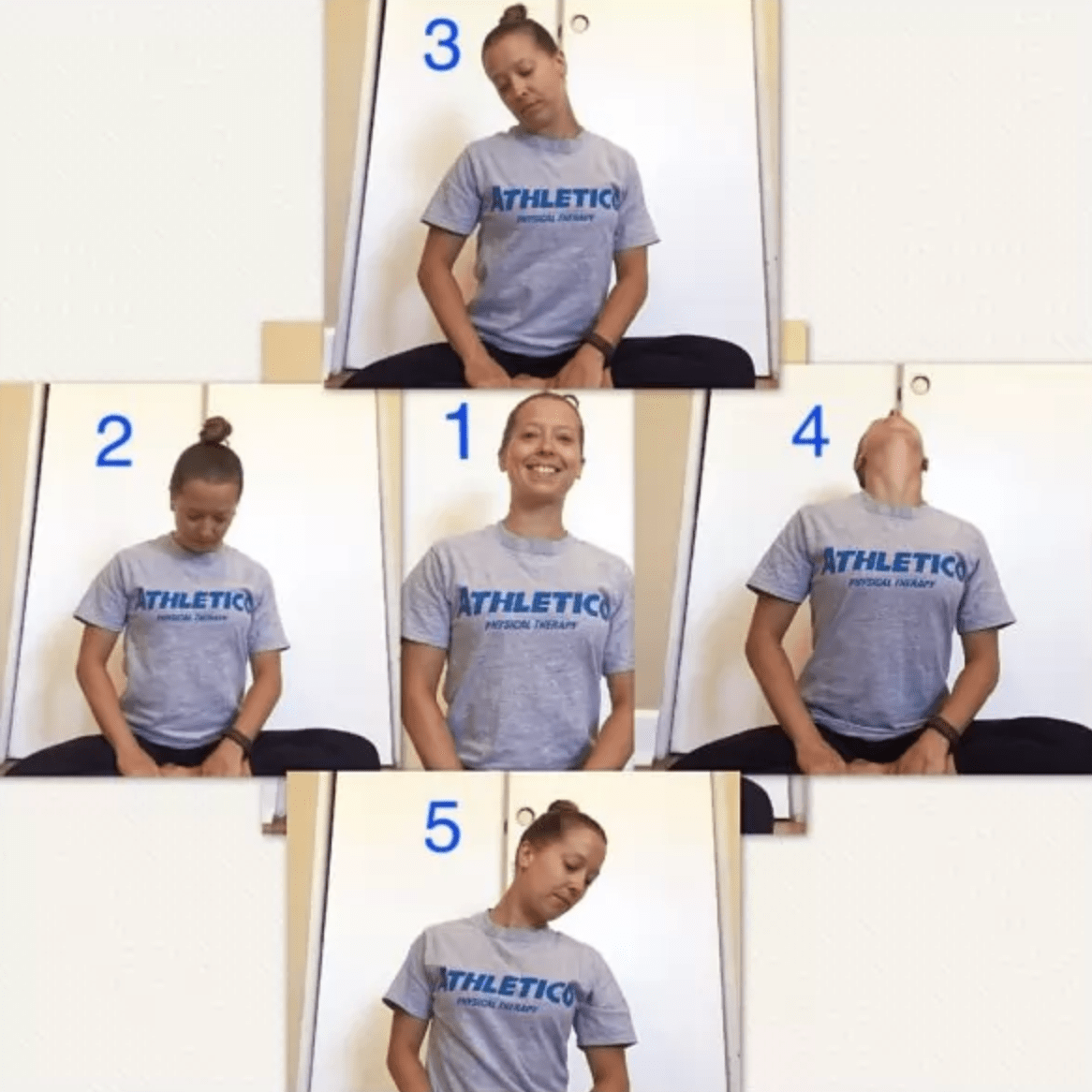
Here the patient needs to rotate their neck to create the largest circle considering their potential.
The rotation will include both moving clockwise and anti-clockwise.
Also, important to note, to have deep breaths rhythmically to promote relaxation, enhancing the effectiveness of the stretch.
This is one of the easiest exercises to follow for reducing cervical facet pain.
Isometric Cervical Rotation
You can perform this exercise while sitting and standing, without the need for any external support.
It involves contracting the muscles of the neck without actually moving the head or neck.
Exercises such as flexors and extensors can usually help strengthen muscles. This can be a good way of improving stability and managing pain. This exercise can have three positions.

Front Neck: Here you need to press your forehead into your palms (both hands) while simultaneously resisting using your palms, creating tension in the front of your neck.
Back Neck: For this practice, press the back of your head into your palms (both hands) while simultaneously resisting with your palms, creating tension in the back of your neck.
Side Neck: In this case, you need to press your head into your palm while simultaneously resisting with your palm, creating tension in the side of your neck. Repeat this exercise on both sides.
For all the phases a standard contraction period is five to ten seconds.
This and other similar stretches and exercises can also help manage joint pain.
Wrapping Up
Cervical facet syndrome can cause utter discomfort and pain.
Knowing its symptoms, causes, and prevention strategies, you can take proactive steps to protect your neck health.
Remember to prioritize good posture, stay active, and listen to your body’s signals.
If you experience persistent neck pain or other symptoms of cervical facet syndrome, don’t hesitate to seek medical attention.
In this blog post, we tried to discuss cervical facet syndrome in detail. Still knowing may not be enough—action is super crucial! So, take care of your neck, and it will thank you for years to come.